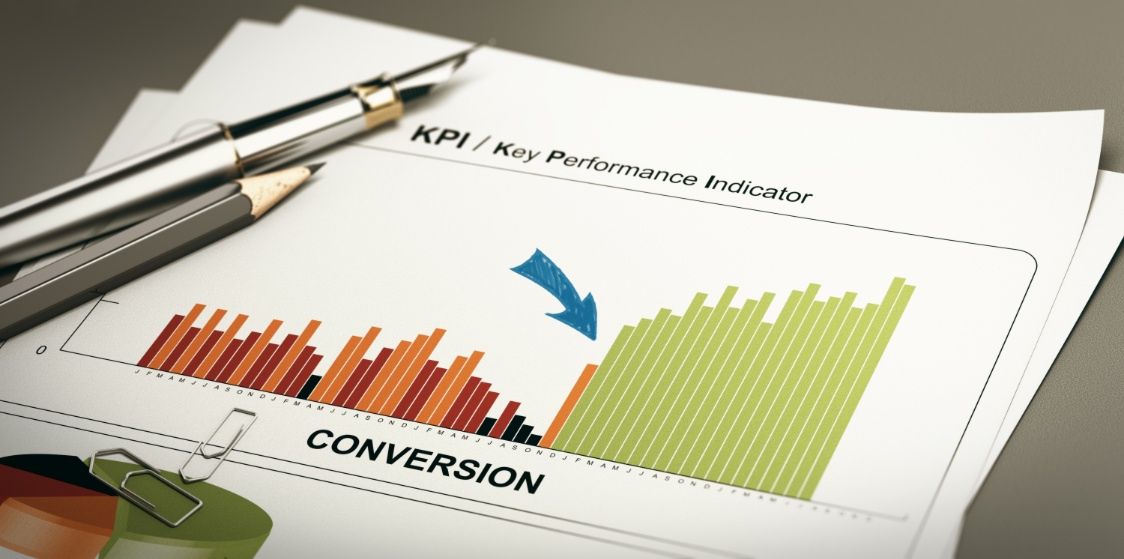You’ve worked hard to drive traffic to your website. Your SEO is on point, your social media campaigns are thriving, and your ads are getting clicks. But here’s the million-dollar question: Is that traffic converting into revenue?
If the answer is no, you’re not alone. Many businesses struggle with turning visitors into customers. That’s where Conversion Rate Optimization (CRO) comes in. CRO is the process of improving your website to increase the percentage of visitors who take a desired action—whether it’s making a purchase, signing up for a newsletter, or filling out a contact form.
In this article, we’ll explore what CRO is, why it matters, and how you can use it to turn your traffic into revenue.
What is Conversion Rate Optimization (CRO)?
Conversion Rate Optimization is all about making your website more effective at converting visitors into customers. It involves analyzing user behavior, testing different elements, and making data-driven changes to improve performance.
Your conversion rate is the percentage of visitors who complete a desired action. For example, if 100 people visit your website and 5 of them make a purchase, your conversion rate is 5%.
CRO isn’t just about increasing sales—it’s about creating a better experience for your users. When done right, it helps you build trust, reduce friction, and guide visitors toward the actions you want them to take.
Why CRO Matters
1. Maximizes Your Existing Traffic
Instead of spending more money to attract new visitors, CRO helps you get more value from the traffic you already have.
2. Improves User Experience
A well-optimized website is easy to navigate, loads quickly, and provides clear calls-to-action (CTAs). This not only boosts conversions but also enhances user satisfaction.
3. Increases ROI
By improving your conversion rate, you can generate more revenue without increasing your marketing budget.
4. Builds Trust and Credibility
A professional, user-friendly website builds trust with your audience, making them more likely to convert.
Key Elements of a High-Converting Website
Before diving into CRO strategies, let’s look at the essential elements of a high-converting website:
1. Clear Value Proposition
Your value proposition is the #1 reason visitors should choose your product or service. Make it clear, concise, and visible on your homepage.
2. Strong Call-to-Action (CTA)
Your CTAs should be action-oriented, visually appealing, and placed strategically throughout your website.
3. User-Friendly Design
A clean, intuitive design makes it easy for visitors to find what they’re looking for.
4. Fast Loading Speed
Slow websites frustrate users and increase bounce rates. Aim for a loading time of under 3 seconds.
5. Mobile Optimization
With more users browsing on mobile devices, your website must look and function well on smaller screens.
6. Trust Signals
Include testimonials, reviews, security badges, and guarantees to build trust with your audience.
How to Optimize Your Website for Conversions

Now that you know the basics, let’s dive into actionable strategies to improve your conversion rate.
1. Understand Your Audience
The first step in CRO is understanding who your visitors are and what they want. Use tools like Google Analytics, heatmaps, and user surveys to gather insights about their behavior, preferences, and pain points.
Tip: Create buyer personas to represent your ideal customers and tailor your website to their needs.
2. Simplify Your Navigation
A confusing website frustrates users and drives them away. Make sure your navigation is simple and intuitive.
Example: Use a clear menu structure, breadcrumbs, and a search bar to help users find what they’re looking for.
3. Optimize Your CTAs
Your CTAs are the gateway to conversions. Make them stand out with bold colors, compelling copy, and strategic placement.
Example: Instead of a generic “Submit” button, use action-oriented text like “Get Your Free Trial” or “Download Now.”
4. A/B Test Everything
A/B testing involves creating two versions of a webpage (A and B) and testing them to see which performs better. Test elements like headlines, images, CTAs, and layouts to find what works best.
Tip: Use tools like Google Optimize or Optimizely to run A/B tests easily.
5. Improve Page Speed
Slow-loading pages are a major conversion killer. Optimize your images, enable browser caching, and use a content delivery network (CDN) to speed up your website.
Tool to Use: Google PageSpeed Insights can help you identify and fix speed issues.
6. Use Social Proof
People trust what others say about your brand. Showcase testimonials, case studies, and user reviews to build credibility.
Example: Add a “As Seen On” section featuring logos of reputable publications or brands you’ve worked with.
7. Reduce Friction in the Checkout Process
A complicated checkout process can lead to cart abandonment. Simplify the process by reducing the number of steps, offering guest checkout, and providing multiple payment options.
Tip: Use progress indicators to show users how far they are in the checkout process.
8. Leverage Exit-Intent Popups
Exit-intent popups appear when a user is about to leave your website. Use them to offer discounts, free trials, or other incentives to encourage conversions.
Example: “Wait! Get 10% off your first purchase when you sign up today.”
9. Create Compelling Content
High-quality content builds trust and guides users toward conversion. Use blog posts, videos, and infographics to educate your audience and address their pain points.
Example: A SaaS company could create a video tutorial showing how their software solves a common problem.
10. Monitor and Analyze Performance
CRO is an ongoing process. Use analytics tools to track your conversion rates, identify bottlenecks, and make data-driven improvements.
Tool to Use: Google Analytics and Hotjar are great for tracking user behavior and conversions.
Common CRO Mistakes to Avoid
While optimizing for conversions, watch out for these common pitfalls:
- Ignoring Mobile Users: Failing to optimize for mobile can cost you conversions.
- Overloading with CTAs: Too many CTAs can overwhelm users. Focus on one primary action per page.
- Neglecting Testing: Without A/B testing, you’re just guessing what works.
- Focusing Only on Design: A beautiful website won’t convert if it doesn’t address user needs.
Real-Life Examples of CRO Success
- Amazon
Amazon’s one-click checkout is a prime example of reducing friction in the buying process. - Dropbox
Dropbox increased sign-ups by 60% by simplifying their homepage and adding a clear CTA. - HubSpot
HubSpot uses exit-intent popups to offer free resources, capturing leads that might otherwise leave.
Conclusion
Conversion Rate Optimization is not a one-time task—it’s an ongoing process of testing, analyzing, and improving. By focusing on your audience’s needs, reducing friction, and making data-driven decisions, you can turn more of your website traffic into revenue.
Start small, test often, and don’t be afraid to make changes. Remember, even a small improvement in your conversion rate can lead to significant revenue growth over time.
So, what are you waiting for? Dive into your website analytics, identify areas for improvement, and start optimizing for conversions today. Your bottom line will thank you.






